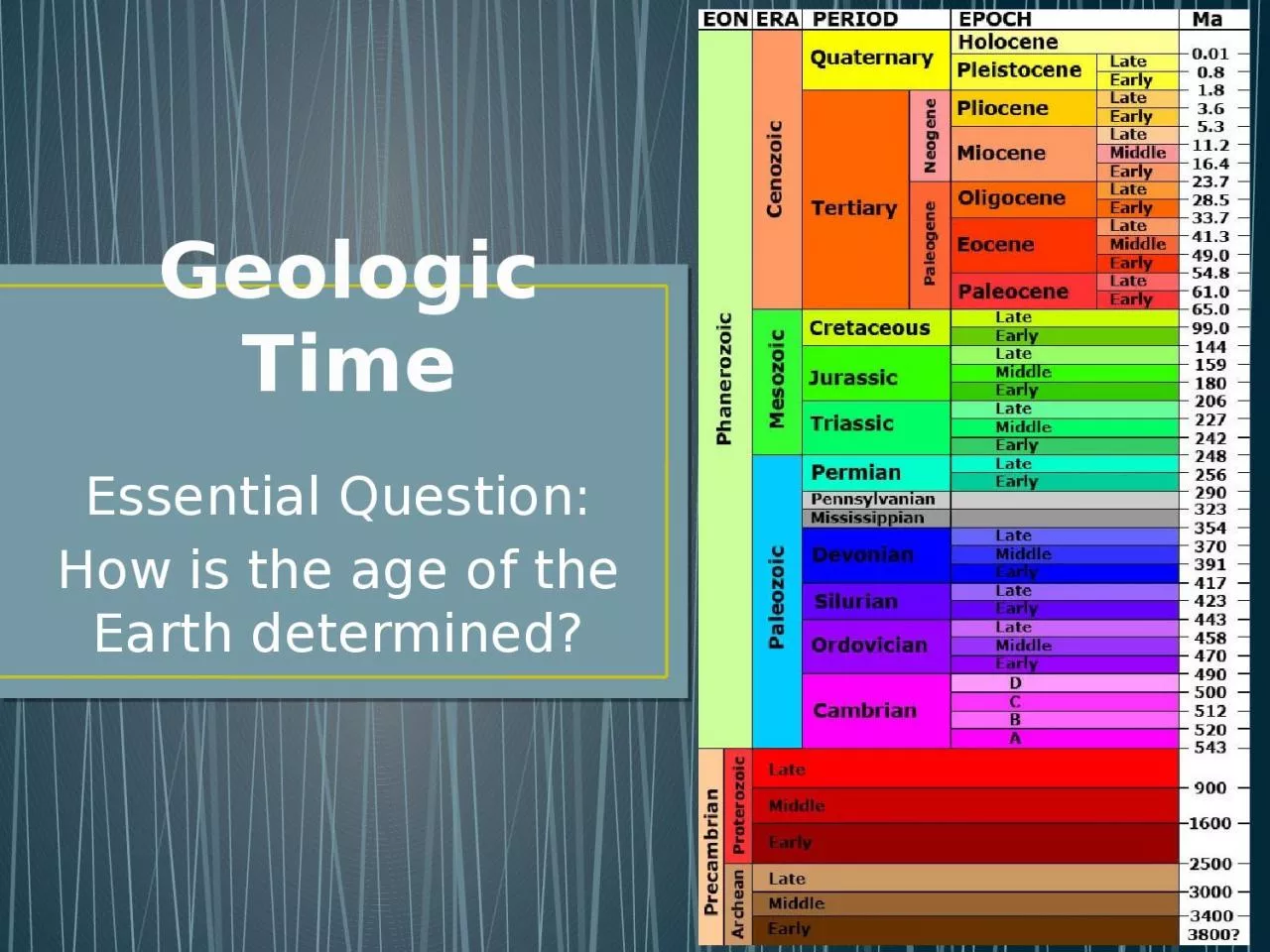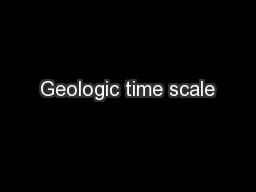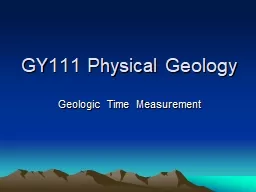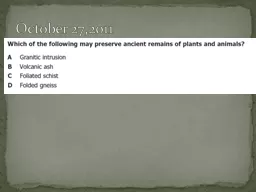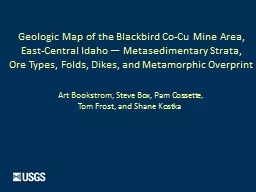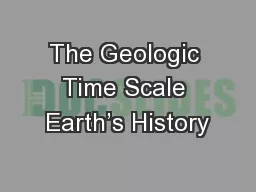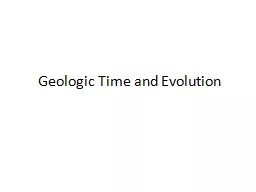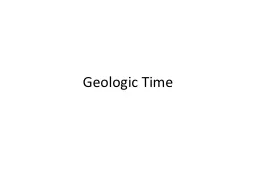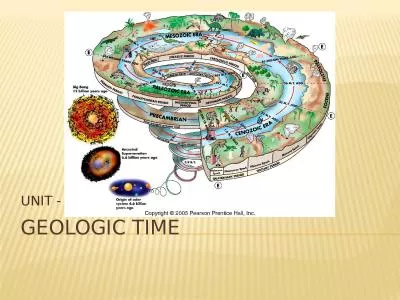PPT-Geologic Time Essential Question:
Author : oneill | Published Date : 2023-10-27
How is the age of the Earth determined Vocabulary Geologic Time Scale Law of Superposition Eon Epoch Era Period Intrusion Cenozoic Ice Cores Mesozoic Relative Age
Presentation Embed Code
Download Presentation
Download Presentation The PPT/PDF document "Geologic Time Essential Question:" is the property of its rightful owner. Permission is granted to download and print the materials on this website for personal, non-commercial use only, and to display it on your personal computer provided you do not modify the materials and that you retain all copyright notices contained in the materials. By downloading content from our website, you accept the terms of this agreement.
Geologic Time Essential Question:: Transcript
Download Rules Of Document
"Geologic Time Essential Question:"The content belongs to its owner. You may download and print it for personal use, without modification, and keep all copyright notices. By downloading, you agree to these terms.
Related Documents

